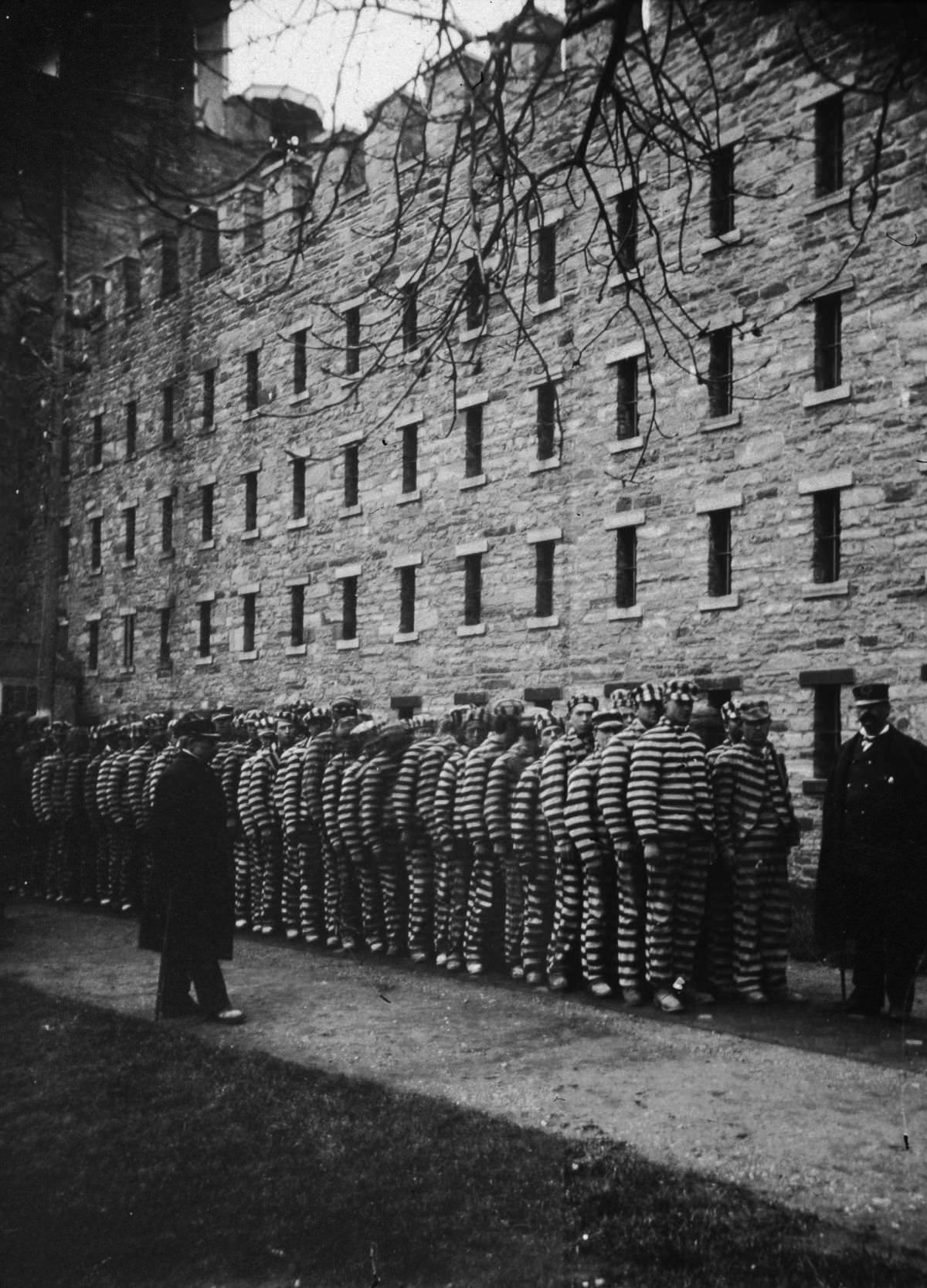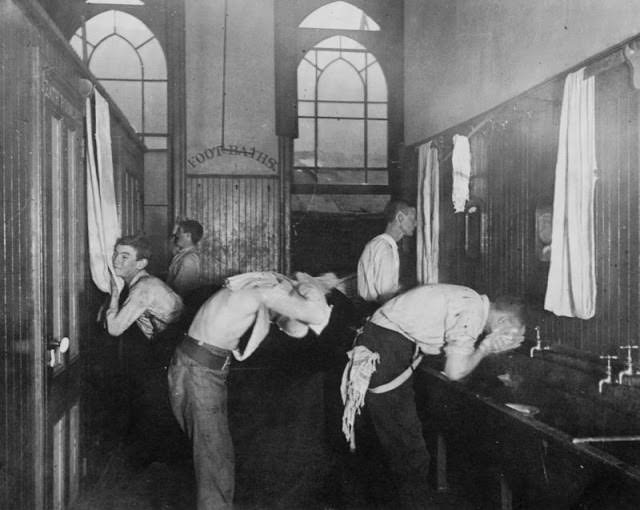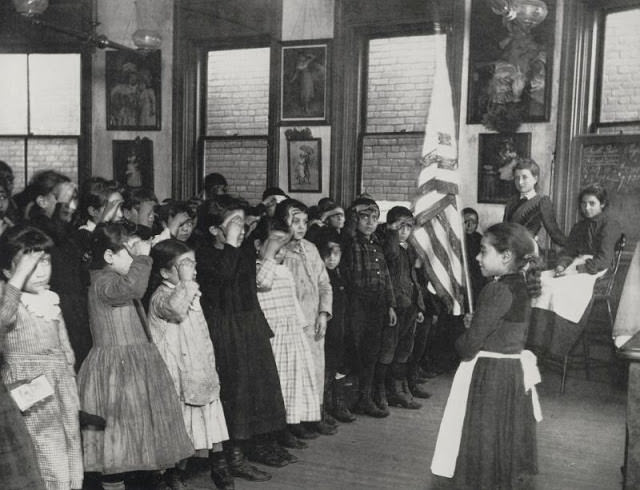During the 19th century, the number of immigrants increased rapidly. The population of New York City doubled from 1800 to 1880. To accommodate the rapid growth of the population, especially the immigrants, the lower areas of the city were used to provide quick and cheap housing options. Landlords bought up buildings and subdivided them into ever smaller partitions. Houses that were once for single families were divided to accommodate as many people as possible. Streets were narrowed and corners were cut. The buildings were constructed with cheap material, unventilated rooms and had little or no indoor plumbing. By 1900, more than 80,000 tenements had been built and housed 2.3 million people.
The Danish-born carpenter Jacob Riis (1849-1914) migrated to the US in 1870 with only $40 in his pocket. When Jacob became a reporter for the New York Tribune in 1888, he was assigned to probe into police investigations taking place in the Lower Manhattan. The police investigations largely focused on these slum areas. He photographed the horrible conditions and everyday life of sums. In 1889, he published these photographs in Scribner’s Magazine and later he expanded that into a book entitled “How the Other Half Lives: Studies Among the Tenements of New York” with more than a hundred photographs. These photographs contributed a lot to several social reforms of the 19th century. Theodore Roosevelt became an admirer of Riis and supporter of his causes of slum reform and renewal.
























































An essential NYC read. So are the Hone and Strong diaries.